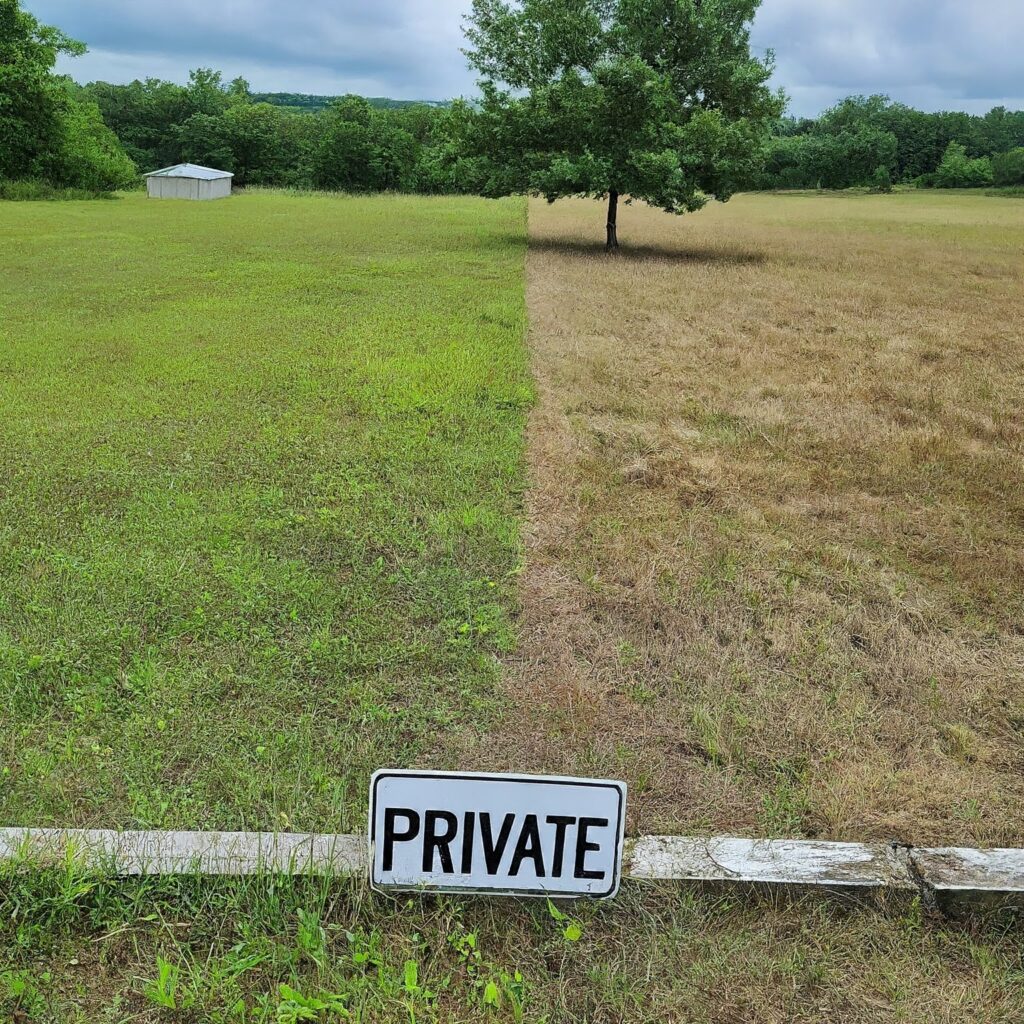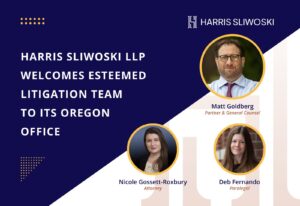Oregon Adverse Possession Law
This is Part 3 in a three-part series on adverse possession in Oregon. Part 1 was a general overview regarding your risks of losing part or all of your property via adverse possession. Part 2 was on Oregon common law adverse possession. Part 3 is on Oregon statutory adverse possession law.
Adverse possession is a long-established legal doctrine dating back centuries, which has been codified in Oregon’s statutes. Under these laws, a person can obtain property rights or ownership over real property after proving their case in court.
While the roots of this doctrine are found in Oregon’s common law, any claim for adverse possession that vested after January 1, 1990, must follow the statutory requirements. Although the elements that need to be proven are similar under both the common law and the statutory framework, the latter includes additional requirements that must be met.
Statutory Adverse Possession
Oregon law requires that an adverse possession claim that vested after January 1, 1990, must prove the below requirements in court:
1. The person (and predecessor, if applicable) has maintained actual possession of the property. A person can establish the element of “actual use” of the property if their use of the property “would be made by an owner of the same type of land, taking into account the uses for which the land is suited.” Allison v. Shepherd, 285 Or 447, 452, 591 P2d 735 (1979).
2. That possession has been:
a. Open and Notorious. The required element of open and notorious possession is satisfied if possession is “of such a character as to afford the property owner the means of knowing it, and of the claim.” Hoffman v. Freeman Land & Timber, LLC, 329 Or 554, 560, 994 P2d 106 (1999).
b. Exclusive. The required element of exclusive possession is met by proof of occupancy by the claimant that is characteristic of exclusive ownership. Sertic v. Roberts, 171 Or 121, 130, 136 P2d 248 (1943). The degree of exclusion that an owner of the property would exercise is the test the court employs, which shows that their possession was the kind that would characterize an owner’s use.
c. Hostile. The required element of hostile possession is met when “the claimant possessed the property intending to be its owner and not in subordination to the true owner.” Schoeller v. Kulawiak, 118 Or App 524, 529, 848 P2d 619, rev den, 317 Or 272 (1993).
d. Continuous. The required element of continuous possession is met if the use of the property is constant and not intermittent. Hoffman v. Freeman Land & Timber, LLC, 329 Or 554, 560, 994 P2d 106, 110 (1999). Notably, “permissive use, no matter how long continued, is not hostile and cannot be the basis for adverse possession.” Rise v. Steckel, 59 Or App 675, 686, 652 P2d 364, 371 (1982), rev den, 294 Or 212 (1982).
e. The person has been in possession for at least 10 years. The time a person’s predecessor in interest was also able to meet the above elements can be “tacked on” to the current owner’s time to meet that statutory 10-year requirement.
f. At the time the person claiming adverse possession or the person’s predecessors in interest first entered into possession of the property, the person entering into possession had the “honest belief” that the person was the actual owner of the property. The required element of holding an honest belief of ownership “refers to a good-faith belief of actual ownership, unaccompanied by any conscious awareness that the land might actually belong to the neighboring landowner.” Stone v. CCXL, LLC, 318 Or App 107, 116, 506 P3d 1167, 1174 (2022).
g. The honest belief continued throughout the 10-year statutory vesting period.
h. The person had an objective basis for their honest belief. This element is relatively self-explanatory, but an example of a reason a person may not have an objective basis to support their honest belief would be if a neighbor had previously informed the person that the land was in dispute. Stone v. CCXL, LLC, 318 Or App 107, 116, 506 P3d 1167, 1174 (2022).
i. The person’s honest belief was reasonable under the circumstances.
Finally, to succeed in court, the claimant must prove these statutory elements by clear and convincing evidence, which is the highest standard of proof in civil cases. This means the evidence must make it substantially more likely than not that each element is true.
Understanding the intricacies of statutory adverse possession in Oregon is essential for both property owners and those seeking to claim property rights. If you’re facing an adverse possession issue, it’s important to consult with experienced legal professionals who can guide you through the complexities of the law and help protect your property interests.

























